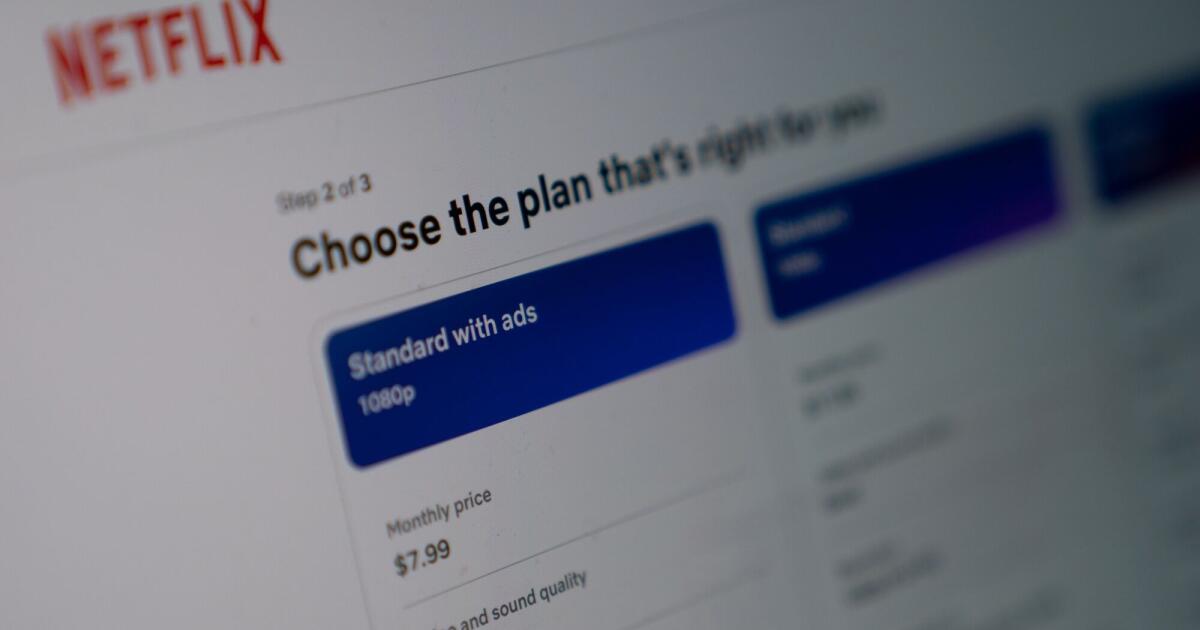The world’s most famous train is running services from a major UK city next year
BRUMMIES will soon be able to step onto the historic Flying Scotsman train from their home town.
The famous train will launch five services a day from Birmingham Moor Street Station in February half term.
Famous for showing British engineering at its best, the Flying Scotsman first launched as a train route between Edinburgh and London in 1923 and ran until 1963.
And in 2026, Brits will have the chance to travel on the first train that reached speeds of up to 100mph on the British Railway.
Running during school half term, there will be five services a day on February 18, 19 and 20.
The first service will set off in the morning at 10:30am and other services will follow at 12:30pm, 2:30pm, 4:30pm and 6:30pm.
Read more on travel inspo
Each journey will last around an hour, with passengers able to see views of the West Midlands countryside.
The train will also head over the Ribblehead Viaduct in Yorkshire, which is a large Victorian railway bridge with 24 giant arches and views of the Yorkshire Dales National Park.
The experience costs from £48.76 per person, but for a more luxury experience there is a First Class offering costing from £80.56 per person on a table of four or £177.02 per person, for a table for two.
First Class passengers can experience the original 1960s First Class carriage and included in the ticket price they will also get a glass of prosecco (or soft drink, if they prefer) and a snack bag.
Can’t make the February half-term dates or don’t want to be surrounded by families? Well, there are special Valentine’s Day services as well.
There are three different Valentine’s Day services in total, each of which cost from £83.74 per person.
The first service is a Valentine’s Brunch, then in the afternoon there is an Afternoon Tea service and finally in the evening, you could board the train for a three-course dinner.
Prices for this experience start from £83.74, but a First Class table for two will set you back over £280.
The Flying Scotsman is often considered the world’s most famous steam train and operated for 40 years between 1923 and 1963 before British Rail decided to focus on diesel-engine trains.
The train was designed by Sir Nigel Gresley and in total, measures over 21 metres long.
The name of the service came after passengers nicknamed the London to Edinburgh service the ‘Flying Scotsman’ due to its speed and limited stops.
And then the London and North Eastern Railway (LNER) officially adopted the name in 1924.
Before this, it was only known by its route number ‘1472’.
Currently, the National Railway Museum is running a display on the Flying Scotsman, including an exhibition that “explores the stories of the owners, admirers, passengers and crew behind the icon”.
Also at the museum is an immersive, multi-sensory Flying Scotsman VR experience where visitors can get a taste of what it was like to travel on the train all those decades ago.
The experience also shows visitors some of the most significant moments in the train’s history.
Each year, there are a number of special events where members of the public can journey on the Flying Scotsman.
These events are often themed or on heritage lines across the UK.
Information about the different events running are posted on the National Railway Museum website.
In other rail news, a traditional English seaside town, named one of the best in the UK, is getting new direct London trains.
Plus, first look at the new Great British Railways trains being rolled out across the UK.



